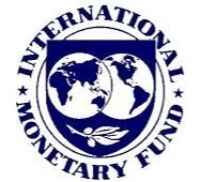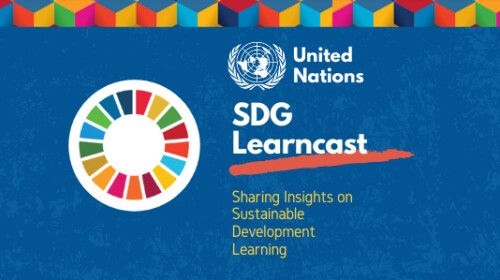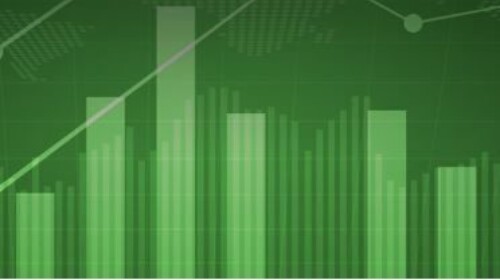This online course, presented by the Institute for Capacity Development, introduces participants to the fundamentals of financial analysis that are in the toolkit of policy makers. These tools are used to study the characteristics of various financial instruments and their pricing, analyze portfolios of assets, gaining familiarity with the basics of risk management. Mastery is essential for participants who wish to participate in more advanced and policy-oriented IMF courses in financial or macrofinancial areas. The FMAx course covers, among other topics, the pricing of fixed-income securities and equity; the term structure of interest rates; portfolio allocation and diversification; and an introduction to risk management.
Target Audience
All government officials are welcome to register. The course is particularly well-suited for officials in central banks, ministries of finance, and regulatory agencies who have experience with macroeconomics and are interested in building their expertise in finance. The course is offered in English.
Learning Objectives
Upon completion of this course, participants should be able to:
- Price a variety of financial assets (money market instruments, bonds, and equities) using the present value (PV) principle.
- Measure and compare different yield measures for financial assets.
- Construct and estimate a yield curve on the basis of readily available information and use several theories to interpret its behavior.
- Relate differences in the valuation of single equities or markets to economic fundamentals.
- Construct an optimal portfolio of risky assets using historical return data and assess likely changes in its composition as macroeconomic conditions change.
- Assess the market risk of an investment by calculating its value at risk (VaR), stressed VaR, and expected shortfall, and use back-testing to evaluate the accuracy of past VaR.








